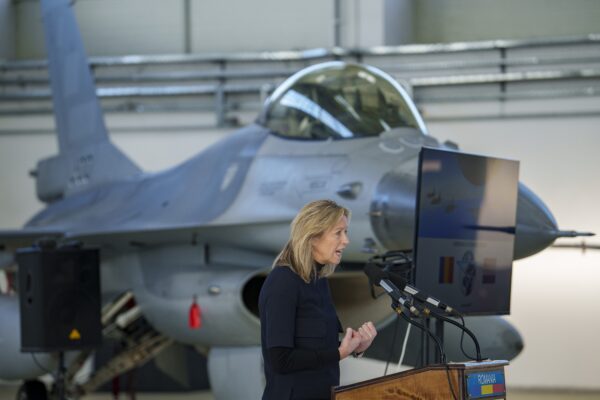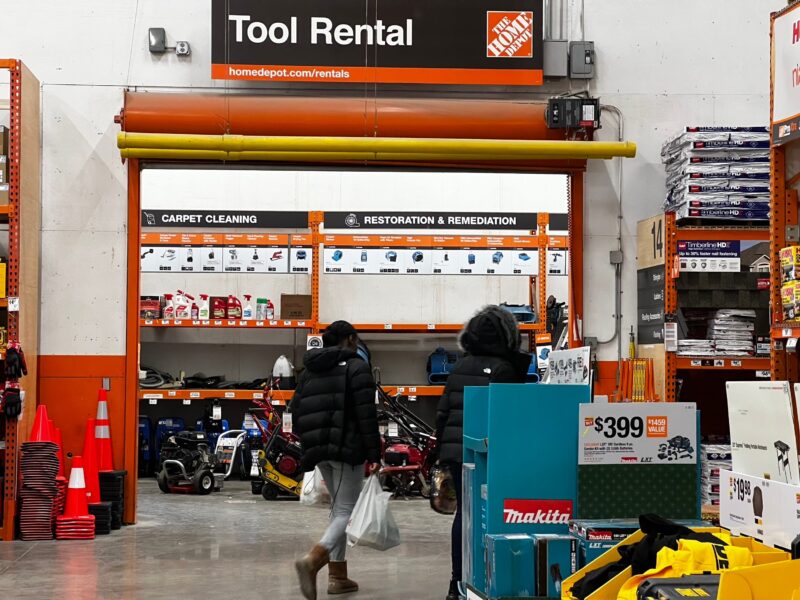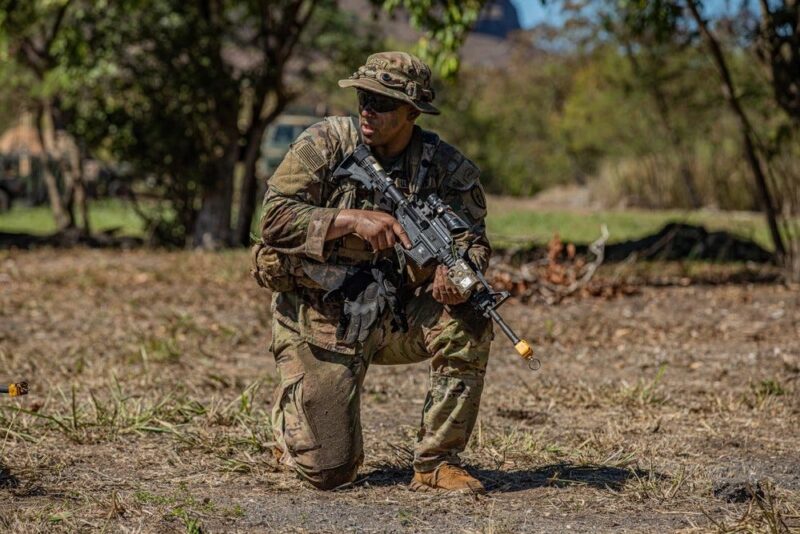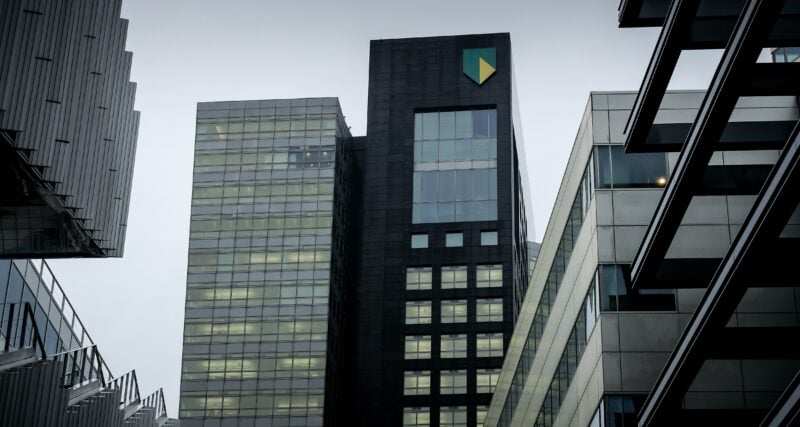- I’ve flown on over 100 flights in the two years prior to this pandemic and my first flights back in the air were unlike any I’ve taken before.
- Flying has changed dramatically with some policies running counter to everything passengers have experienced in recent years.
- Above all, passengers now have to factor in safety when choosing an airline to fly on as not all of them have the same notion of how to protect passengers and ensure peace of mind.
- Visit Business Insider’s homepage for more stories.
It’s a brave new world out there for flyers.
I almost didn’t recognize the aviation industry on my first trip back into the skies in early June. I flew on Delta Air Lines and was shocked to see a semi-empty plane with blocked seats with my ticket allowing for unlimited changes without the normal fee.
Before the pandemic, airlines that blocked middle seats and offered free flight changes for all passengers were non-existent in the revenue-first world that the airline industry lives in. Now, they’re commonplace.
After suffering through years of having anti-passenger friendly policies lobbed on one after the other, ranging from checked baggage fees to basic economy, it seemed that airlines were finally putting passengers first as they tried to win us back. I was genuinely excited to see what this new world had in store for us frequent flyers, especially the special kind like myself that have no loyalty to any airline.
Seven flights later, the novelty and talking points wore off and I quickly settled into the new reality of flying in the US.
Here are my main takeaways.
Flights are filling up again
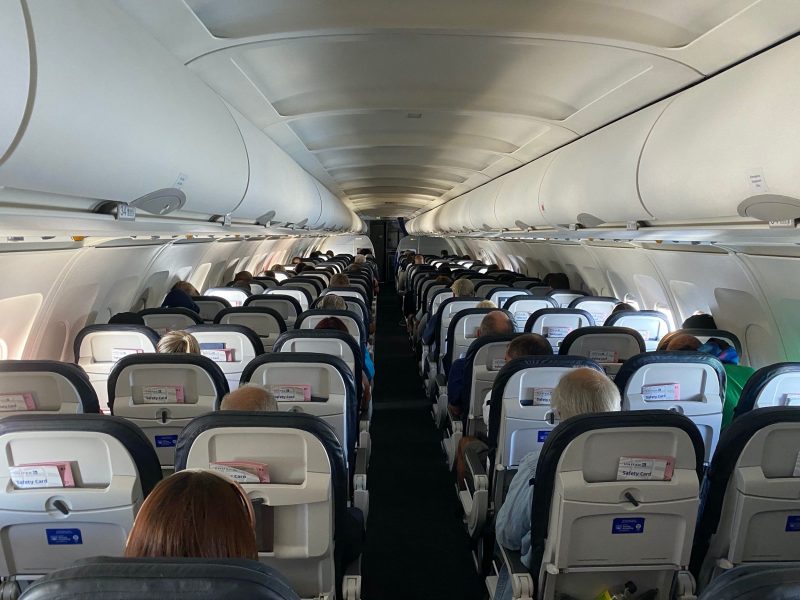
March and April saw drastically lower numbers of travelers taking to the skies as only those who really needed to fly were doing so. As a result, passenger counts on aircraft were as low as one passenger and some flights even went empty.
Those days quickly came to an end as the stigma surrounding leisure travel lessens and some states across the country are once again opening their doors.
American Airlines, the country's largest airline, reported that April saw an average load factor of 15% but that number quickly rose to 55% by the end of May and is climbing. The Transportation Security Administration is also reporting that passenger numbers are on the rise with over 500,000 flyers passing through checkpoints daily nearly every day since June 18.
Some flights will be empty, as Business Insider found when flying on an early-morning Southwest Airlines flight from New York to Nashville on June 24. But others will be full as airlines are slashing frequencies, consolidating flights, and closing routes as they adjust to the new normal.
Choosing an airline is more about safety than it is convenience
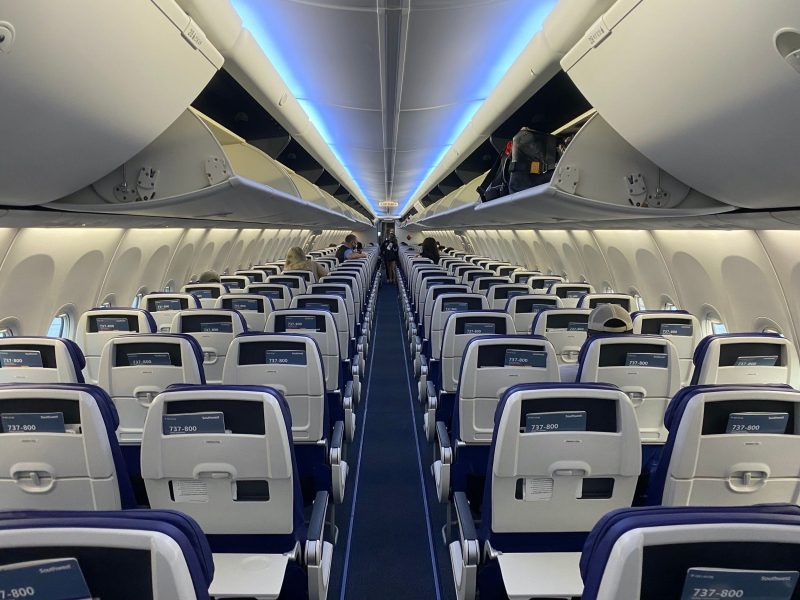
Schedule and price once dominated the decision-making process for choosing an airline to fly on. The pandemic, however, has introduced a third criterion: safety.
Each airline has a different policy on social distancing and even the big four US airlines including American, Delta, United, and Southwest can't agree on one standard policy. For example, United may have the cheaper price, Delta is offering a blocked middle and while American is offering a non-stop flight, Southwest is limiting bookings so only a maximum of two people can sit in a row.
At the very least, flyers should be carefully reviewing the safety policies of each airline when booking travel.
Social distancing on airplanes is a myth, but don't discount its power

Simply blocking the middle seat does not ensure social distancing. The width of a middle seat is commonly less than two feet and even if that's blocked, there are still people on every other side of you within six feet away.
It's simply too tight of quarters on commercial jets to ensure true distancing unless it's a mostly empty plane. The only way to be at least six feet apart from strangers at all times is to fly private.
The gesture, however, of blocking middle seats and limiting capacity by a third, as some airlines are doing, is widely helpful for flyers returning to the skies after a hiatus. Nobody is certain of how they'll react to being on a crowded plane until they're actually on one so travelers should keep that in mind when booking flights.
Expect to wear a mask while onboard

Starting July 2, every major US airline requires passengers to wear face coverings while onboard an aircraft, with exceptions for eating and drinking. Allegiant was the last hold-out to adopt the popular practice but eventually relented.
Passengers not complying with the rule may be banned from flying on that airline, as was the case on American Airlines when a passenger refused to wear a mask. He was later banned from flying on American for as long as the airline is requiring the policy.
Choose your connections wisely
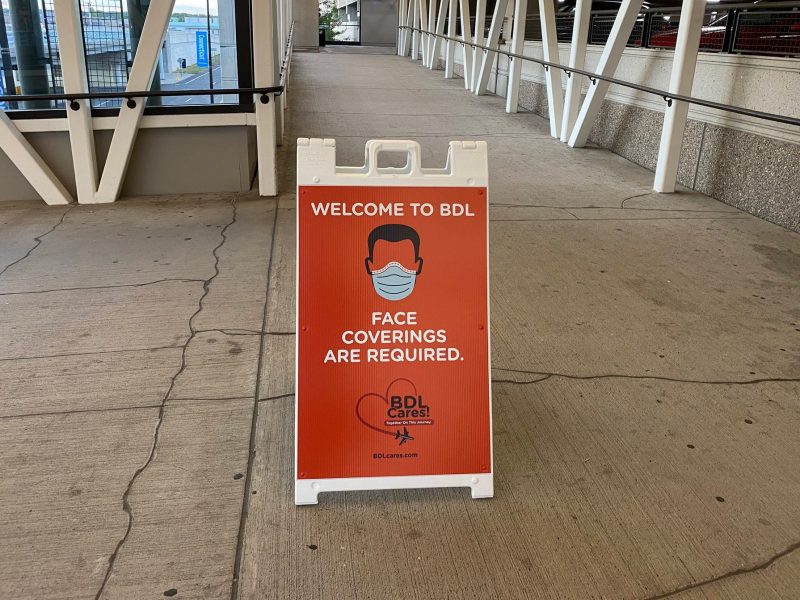
Not every airport is operating under the same policy when it comes to face coverings. Business Insider found that only 20 of the country's 25 busiest airports requiring face coverings to be worn and often, airports don't have a say in whether they can mandate face coverings.
It's entirely possible to board a flight on an airline that requires face coverings and depart from an airport that requires face coverings only to arrive at and endure a layover in an airport that requires face coverings. Travelers not wanting to increase their exposure should either stick to airports that require wearing face coverings or stick to direct flights.
Expect to do it yourself

Boarding pass scanners at gates and security checkpoints are being positioned so that passengers can scan their own tickets instead of handing them to another person, whether it be a gate agent or TSA officer. The practice limits the amount of interaction between passengers and airport workers.
The process is quite simple and just involves placing the barcode of a boarding pass, whether it be paper of mobile, over the scanner for a few seconds. Some airlines will also make an announcement before boarding asking passengers not to hand their boarding pass to the gate agent.
Don't expect everybody to follow social distancing rules
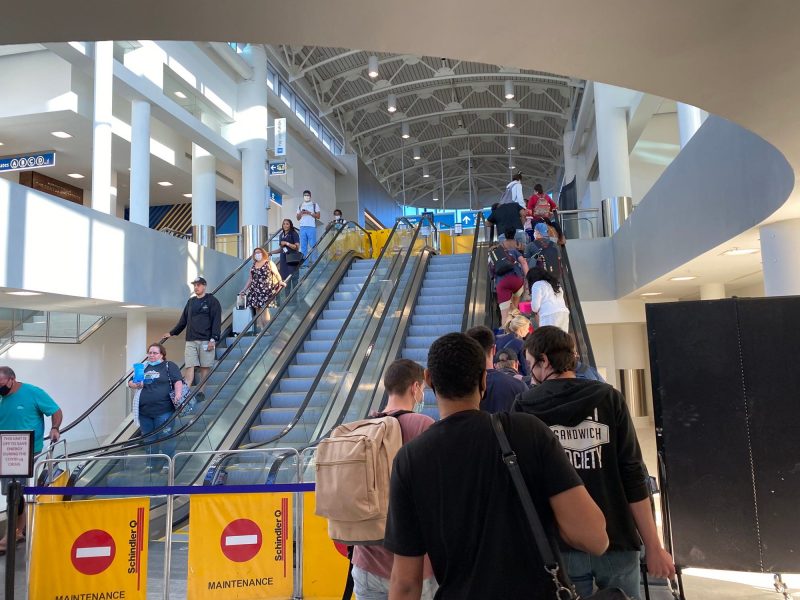
Social distancing is not a universally accepted concept in the US. Don't be surprised if not everybody at an airport - where thousands of people from across the country converge - some people aren't keen on staying six feet apart or are not wearing a mask.
For New Yorkers, it might be the first mass interaction with people they've had since the pandemic while Georgians have been out and about since late April.
Bring your own snacks and drinks
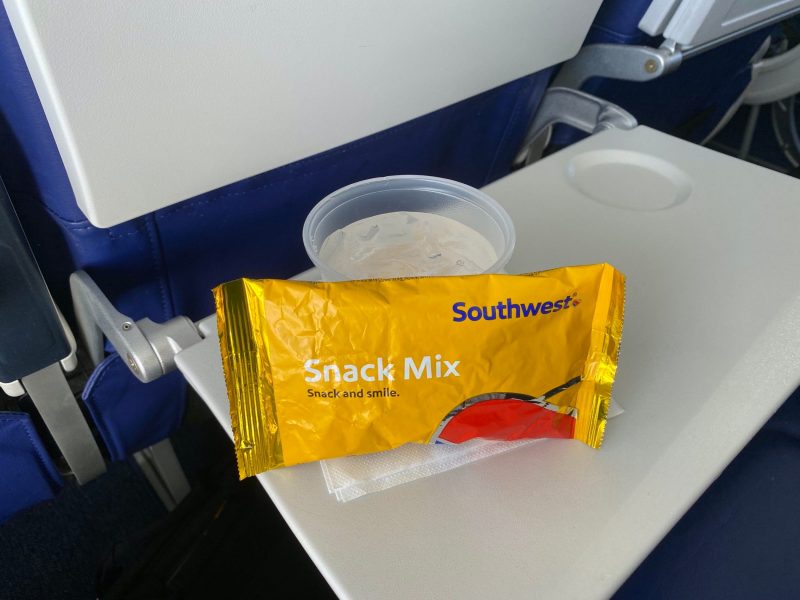
A casualty of the pandemic has been in-flight meal services as airlines seek to limit interactions between passengers and crew. Some airlines will offer a limited selection on domestic flights while others will completely abandon the service.
Delta Air Lines and Southwest Airlines, which make up half of the big four, are offering snacks and water on their longer flights while American Airlines and United Airlines have suspended their domestic snack and beverage service on shorter flights. The latter two will, instead, provide offerings on request.
Alcohol sales in economy will also be largely restricted on domestic flights but the practice will remain on long-haul international journeys.
Not all airport retail shops and eateries are open

Airport businesses also have to follow the reopening rules of the cities that they're located in and not all of them have been allowed to return to normal operations. Some cities, like New York City, are still not allowing indoor dining and the eateries of its airports closed as a result.
Passengers can bring outdoor food through a security checkpoint as long as it's in a container than can be passed through the scanner.
There are fewer flights
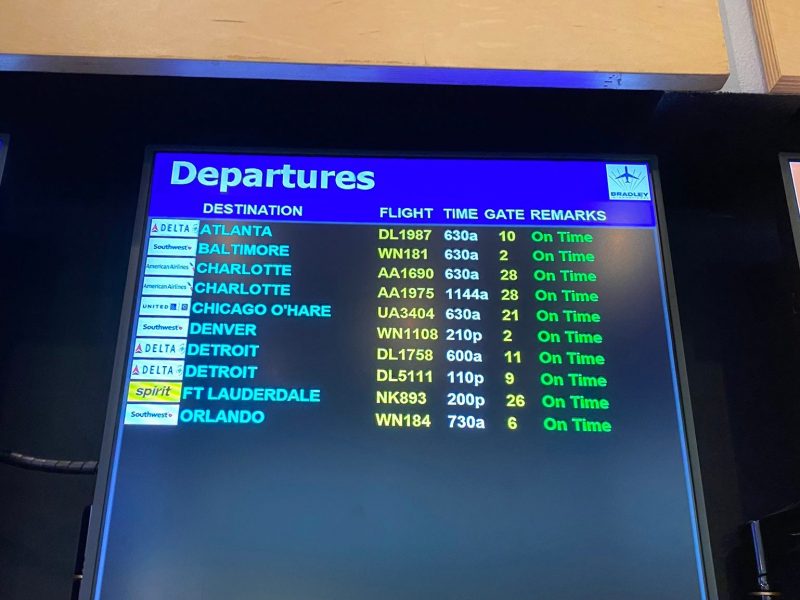
Airlines are cutting back on routes and frequencies as a result of reduced demand and flexibility is becoming increasingly rare. When booking recent travel for trips across the Eastern Seaboard, it became increasingly difficult to find same-day itineraries due to the lack of flights.
Frequencies between major cities are likely to rebound quickly but service to remote destinations will likely be harder to find. Delta Air Lines earlier in June cut service to 11 US cities primarily served by its regional arm, as well as to Ottawa, Ontario, ending numerous routes indefinitely.
Beware of surprise cancellations and schedule changes
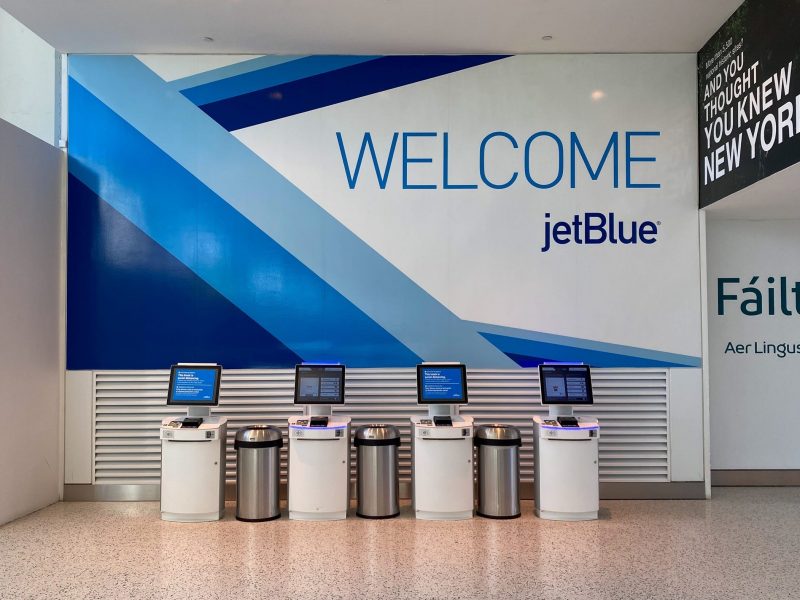
Airlines are required to maintain service on certain routes but cannot always fill the planes, especially with only a fraction of flyers taking to the skies every day compared to 2019. An airline may market a flight for a certain date and time but if enough seats aren't sold, the decision may be made to cancel flight and rebook passengers on the next available service.
Passengers should build in flexibility to their trips in case the next available flight leaves a few hours before or later than the original departure time, as Business Insider found on a recent JetBlue Airways flight.
Going low-cost doesn't always mean sacrificing safety
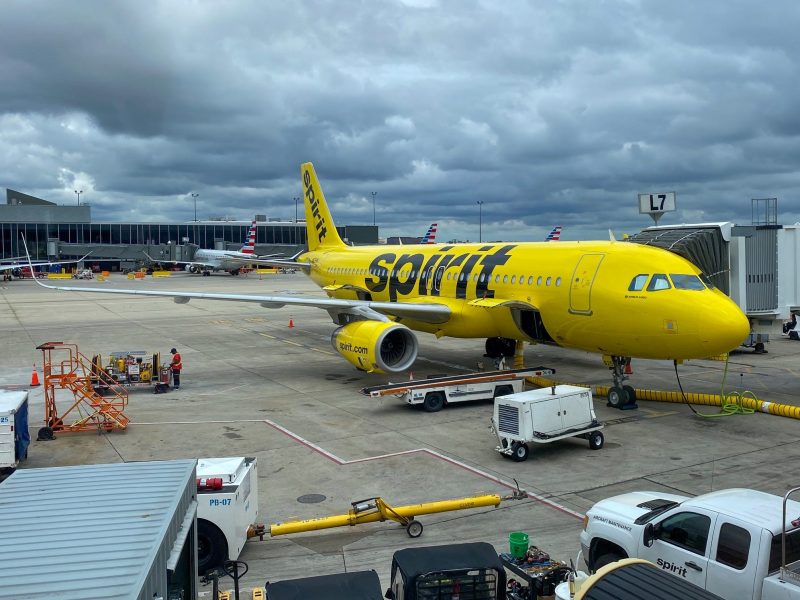
Paying more for an airline ticket doesn't necessarily guarantee safety as some low-cost airlines are proving to be handling pandemic flying better than they full-fare competitors. JetBlue Airways and Southwest Airlines - two of the leading low-cost airlines in the US - have both committed to blocking middle seats throughout the summer while United and American, which often have higher fares, are filling planes to capacity.
Spirit Airlines, a notoriously frugal ultra-low-cost carrier, even had redeeming aspects as Business Insider found on a recent flight such as hand sanitizer stations at the boarding door and flight attendants who proactively moved passengers around to ensure distancing.
Flying isn't fun anymore
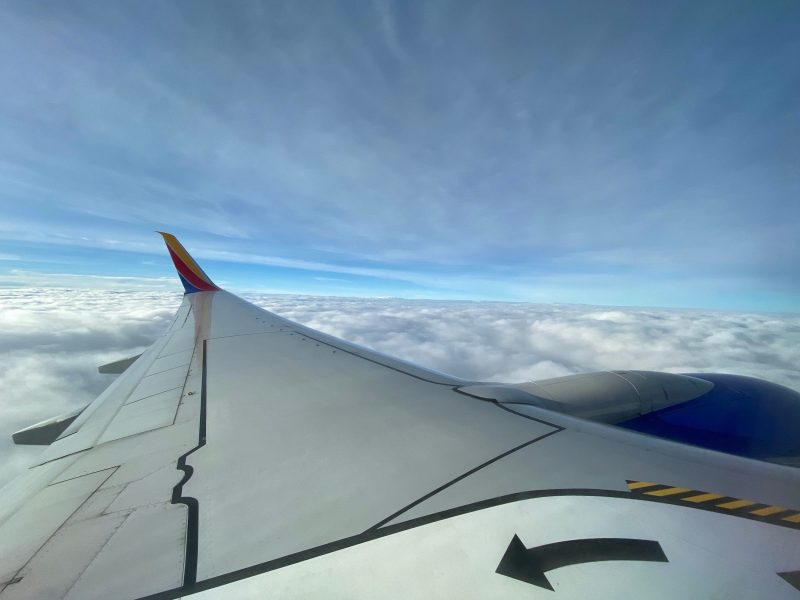
Some people enjoy flying and others hate it - but the one common gripe is that it can be boring and that's now truer than ever. The old excitement that used to come from the little things like waiting for the beverage cart to slowly make its way down the aisle followed by the snack bin is now gone because service is gone.
In-flight entertainment and WiFi still remain but with airlines limiting service, there's very little interaction between passengers and crew.
For me, the joy of air travel was that I could step on a plane and hours later be nearly anywhere in the world. But with travel largely limited to essential-only, especially with a 14-day quarantine on arrival at many locations, the joy of air travel feels decidedly muted.







